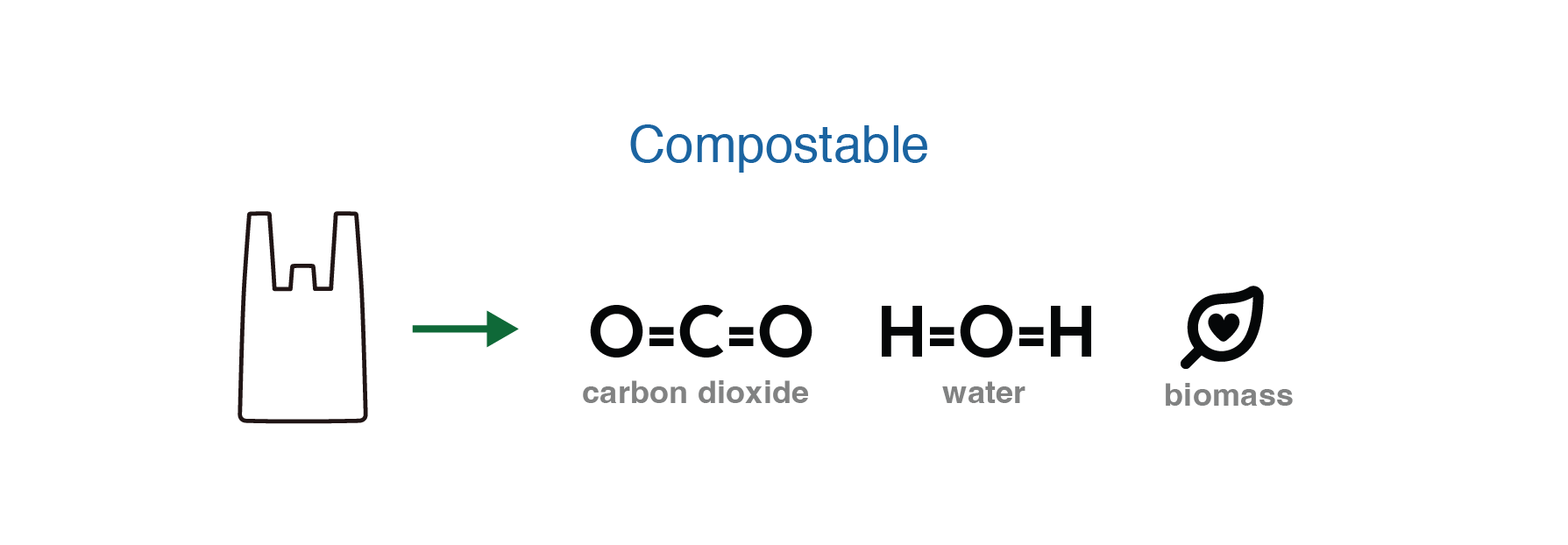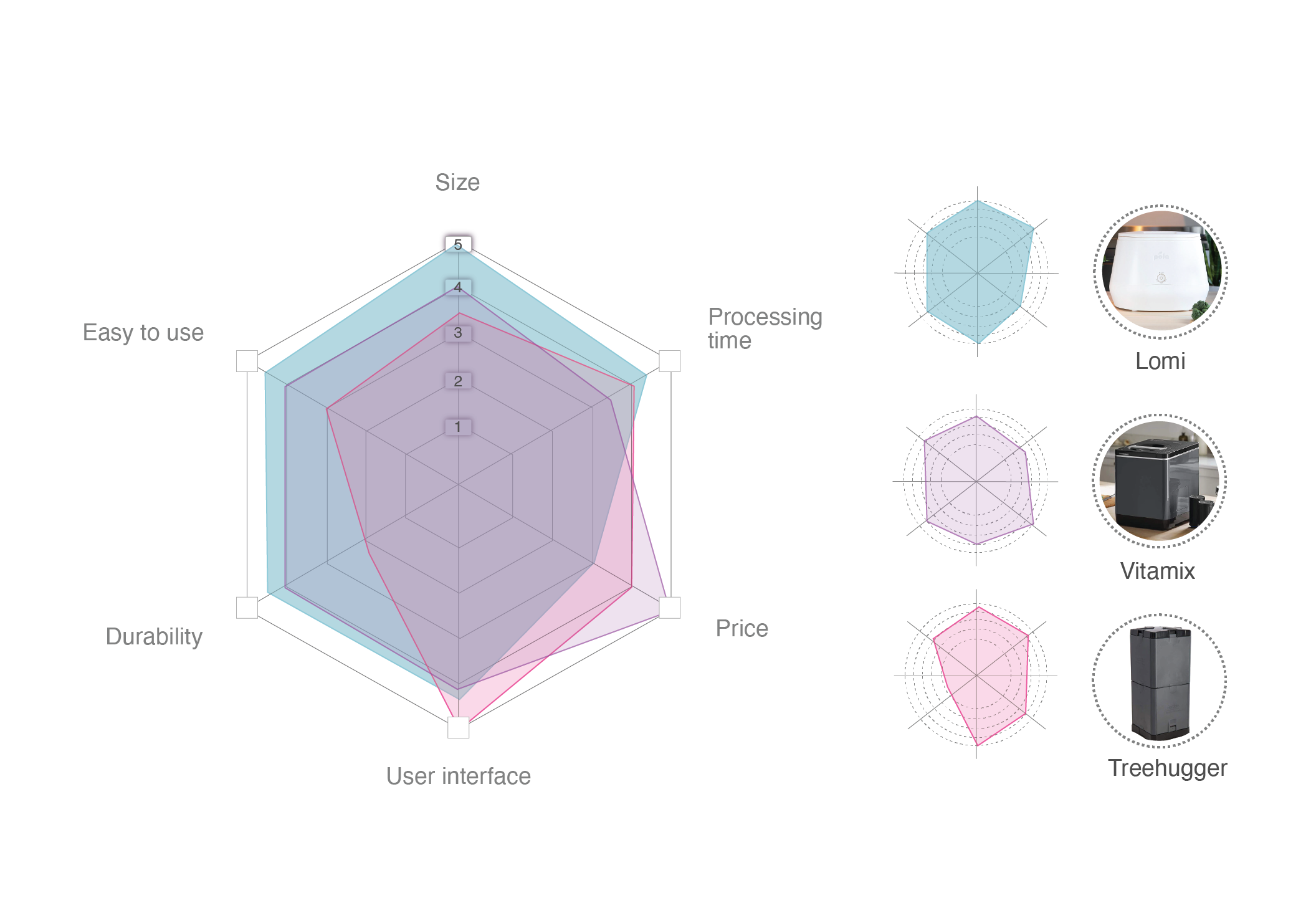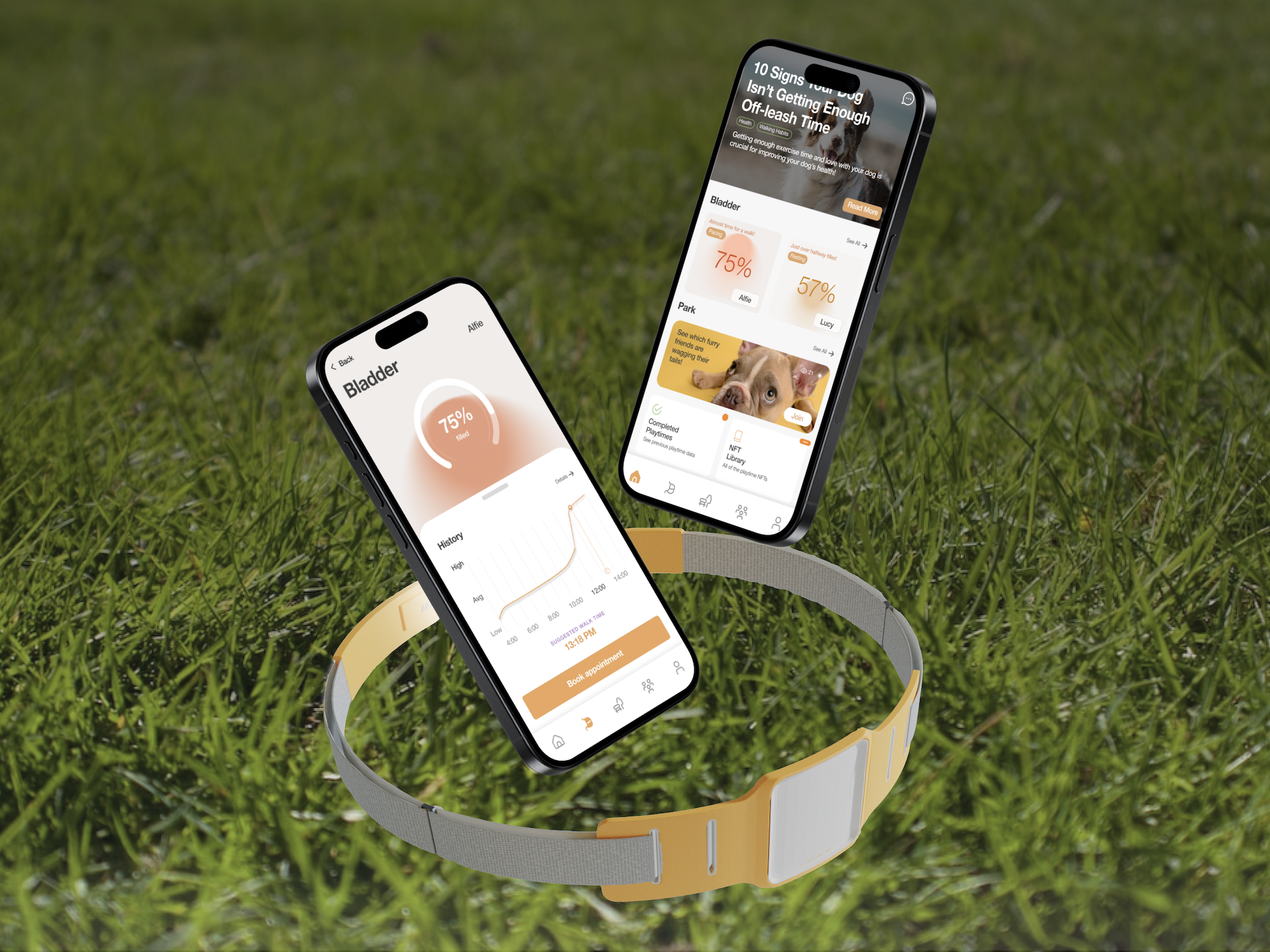
Epost
epost is a kitchen waste to compostable plastics machine that is able to both compost waste and create PLA spools for 3D printing.
“epost” is a kitchen waste to compostable plastics machine that is able to both compost waste and create PLA spools for 3D printing. The goal of epost is to facilitate a circular economy within the household and reduce both kitchen waste and plastics consumption per household. The system includes a food waste to PLA production system, a built in 3D printer, as well as a composting feature.
Duration /
May - July 2023
Type /
Personal project
Skills /
Service design
Product design
UI design
Problem
Statement
With the rapid increase of global population, the food production and packaging industry is facing significant challenges including increased food demand, food waste management and incineration, as well as oil based plastic packaging use.
Additionally, with growing focus on sustainability, there is more pressure than ever to decrease environmental strain and implement a working circular economy that involves both food waste and packaging.
Secondary research
How much food is being wasted every year?
How is our food waste being processed?
How is our packaging + plastic waste being processed?
What are bioplastics?
Bioplastics are a plastic derived from biological substances rather than from petroleum. many types of which are biodegradable.
What are some problems with bioplastics types?
Both non-biodegradable and biodegradable plastics are not guaranteed to completely degrade due to chemical structures and breakdown requirements. Moreover, there is little public knowledge about different types of bioplastics and unclear packaging, which leads to incorrect recycling and composting efforts.
What is the current waste management life cycle?
What would the ideal waste management life cycle look like?
Technological support
3D printing
Conversion of food waste into polylactic acid fiber
Competitive products
Home composter
Limitations
Although home composters are a currently existing solution to reduce food waste, issues such as not having a home garden to dispose of dirt, maintenance, as well as price may be setbacks for interested audiences.
Potential improvements
• improve user interface
• include UI identifying compostables and non-compostables
• include storage space for compost
3D printer
Limitations
Home use 3D printers are very expensive and not that feasible for most audiences that don’t understand 3D software. Moreover, the longer learning curve for the software and machine might discourage users from purchasing.
Potential improvements
• Create simple UI interface
including time needed, material needed, and steps
• Have built in options available for 3D printing
Goals + opportunities
Concept
1
2
3
Convert food waste that include starch, including corn, rice, sugar cane, and beet into PLA which can be 3D printed into compostable plastic objects of the user’s choice.
Compost food items or PLA items into nutrient rich compost via natural degradation.
Educate about different types of food waste and plastic types through simple selection interface.
Product development
Before creating the product, I brainstormed and evaluated the plausibility of two different types of scenarios
Conclusion
I decided against creating a public use product because of factors such as responsible usage, waste classification, as well the quantity of public waste.
Although stationing epost machines in the public would reduce community waste, the risk of unclassified waste being thrown in and disrupting the machine is just as high
Machine design goals
Limit the size of the machine so it’s an option for most homes
Create a minimalistic, sleek aesthetic
Create separate valves for each of the separate functions of the machine
Product sketches

Final product
Product structure
Product
Use scenario
The scenario follows Jacob, who is a user of epost, as he uses the machine’s functions to create a circular lifecycle for a broken skateboard wheel
Product design
To help the user clearly identify epost compostable plastics, I created a logo and tag that’s informational and clearly distinguishable from regular plastics.
Epost product mockups
Limitations
Although “epost” strives for a clearly classified, sustainable plastics use, there are current limitations for technology and management that hinder the commercialization of EPOST
Future thinking
Despite current technological and managerial limitations, there are potential ways that Epost could flourish in the near future with systems and tech improvements.





























